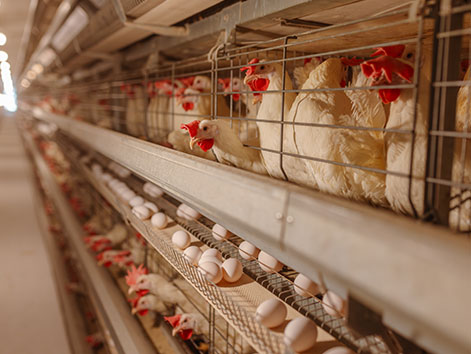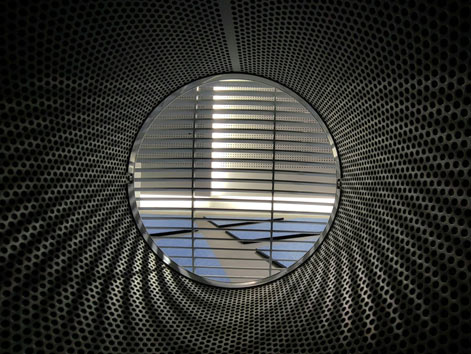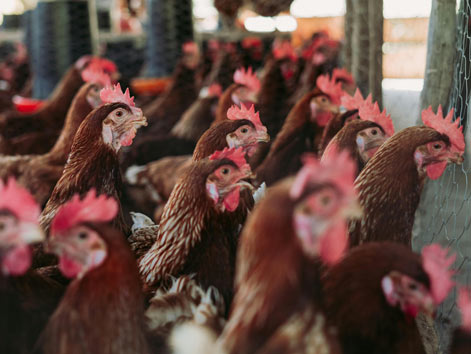Blog
Let Them Sleep: Early Darkness Boosts Welfare Without Hurting Growth
The question of whether broiler chickens should receive a period of darkness during brooding—rather than 24-hour light—has become increasingly relevant in the context of evolving animal welfare regulations.
This study set out to determine whether implementing dark periods at night would negatively affect economic performance.
Thanks to the authors for allowing us to publish this summary and for reviewing its content.
Of course, I recommend that anyone interested in this topic read the full paper.
Stanley Kaye poultry consultant Agrotop
Research Spotlight – Early Dark-Period Lighting for Broiler Chickens.
(Expanded feature for Agrotop.com)
Article referenced: Garret G. Ashabranner, Michael Czarick III & Brian D. Fairchild (2025) “Evaluating the Effect of Daylength (24, 20 and 18 h) during Brooding on Broiler Performance and Physiological Responses to Light Environment,” Journal of Applied Poultry Research (open-access, in press). DOI 10.1016/j.japr.2025.100558
1. Why this study matters
Most commercial guidelines still recommend 24 h light in the first week, assuming more “eating time” equals faster growth. Yet the scientific evidence is thin, and welfare certifications are heading the other way—already requiring ≥4 h darkness after Day 7 and signalling that brooding rules could be next. This University of Georgia work is the first large, multi-trial test of giving chicks darkness from placement and tracking both production and physiology to slaughter weight.
2. How the work was done
| Item | Details |
|---|---|
| Trials & scale | 10 pen trials + 3 commercial flocks, grouped into 4 experiments covering 14, 21 and 42 days |
| Treatments | 24L : 0D (control) versus early dark periods of 4 h (20L : 4D) or 6 h (18L : 6D) starting Day 0 |
| Birds/stocking | 28–30 Ross 708 chicks / pen; commercial houses 15.2 m × 152 m at 0.08–0.09 m²/bird |
| Data collected | BW, FCR, mortality, uniformity; plasma melatonin, corticosterone, super-oxide dismutase; gait score & tibia strength; lame-bird transects in the field |
3. Key production results
- Early weight dip, rapid catch-up. Birds on 20L : 4D were 3 g lighter at Day 3 and 7, but overtook controls by Day 10 and remained numerically heavier through Day 14 (e.g., 537 g vs 524 g). Birds on 18L : 6D were lighter on Day 3 and 7, but overtook controls by day 14 and remained heavier through Day 21 (e.g. 1,045 g vs 1,021 g ).
- No end-flock differences. By Day 42, BW, ADG and FCR were statistically identical (FCR ≈ 1.53–1.54) in both pen and field trials .
- Mortality unchanged. Commercial houses showed equal livability; controls actually trended higher mortality (ns) .
- Uniformity intact. Coefficient of variation ~9 % at Day 42 for both groups.
4. What happened inside the bird?
| Parameter | Early darkness vs. 24 h light |
|---|---|
| Melatonin | 3–9× higher baseline & night-time levels for up to 35 d, confirming a higher melatonin setpoint |
| Stress hormone (corticosterone) | No significant change; values remained in normal range and one isolated blip was linked to sampling error |
| Antioxidant enzyme (SOD) | No difference under benign conditions; authors note benefits may surface under disease or heat challenge |
5. Leg health & welfare indicators
- Gait score & tibia strength showed no penalty from early darkness (bone fracture force ≈ 440 N in both groups) .
- Literature suggests dark periods matter more once birds are heavy; thus, an early dark programme can be layered seamlessly into standard 18L : 6D step-down lighting without harming welfare.
6. Validation in commercial houses
Three consecutive flocks (≈ 180 k birds total) confirmed the pen data: equal growth, FCR, livability, and the same number of lame birds per transect at 42 d. The authors recommend larger, complex-level comparisons next, but current evidence is strong enough for integrators to trial the practice commercially .
7. Practical take-aways for Agrotop growers
- Switch can be immediate. Simply programme 18L : 6D from placement; no need for a transitional week.
- Use dawn/dusk dimming. A 30-min ramp avoided startle and may explain the negligible stress response .
- Maintain standard lux. Trials began at 35 lux, stepping down to 12-13 lux by Week 6, matching modern welfare guides .
- Monitor feed lines—not weight. The temporary Day 7 dip is normal; birds compensate by Day 10 without extra feeders.
- Market advantage. EU and NCC welfare frameworks already demand dark periods post-brooding; adopting them from Day 0 positions flocks for premium-tier programmes without productivity loss.
8. Strategic business implications
- Compliance head-start. If regulators extend minimum-dark rules to Week 1—as seen in egg layers—Agrotop clients will be future-proof.
- Health resilience. Elevated melatonin improves immune modulation and oxidative defence; benefits could surface under heat-stress summers or mycotoxin events common in tropical markets .
- Easy retro-fit. No new hardware needed in LED-equipped houses; only a controller update.
9. Where research should go next
The authors call for challenge studies under heat stress, high litter moisture or pathogen load to test whether higher melatonin translates into better disease outcomes. They also propose synchronising the same 18L : 6D rhythm in ovo to lock in stronger clocks from hatch.
10. Bottom-line message
Early darkness is a zero-cost welfare win. Six hours of night from placement did not dent growth or FCR—but it primed stronger circadian hormones that may pay dividends under real-world stress. Agrotop recommends customers trial the 18L : 6D brooding schedule and log results via flock-monitoring dashboards for continuous improvement.
Attribution & sharing
This summary is adapted from Ashabranner G.G., Czarick M. III & Fairchild B.D. (2025) under the CC BY-NC-ND 4.0 license. Please credit the authors and link to the original publication: https://doi.org/10.1016/j.japr.2025.100558.



